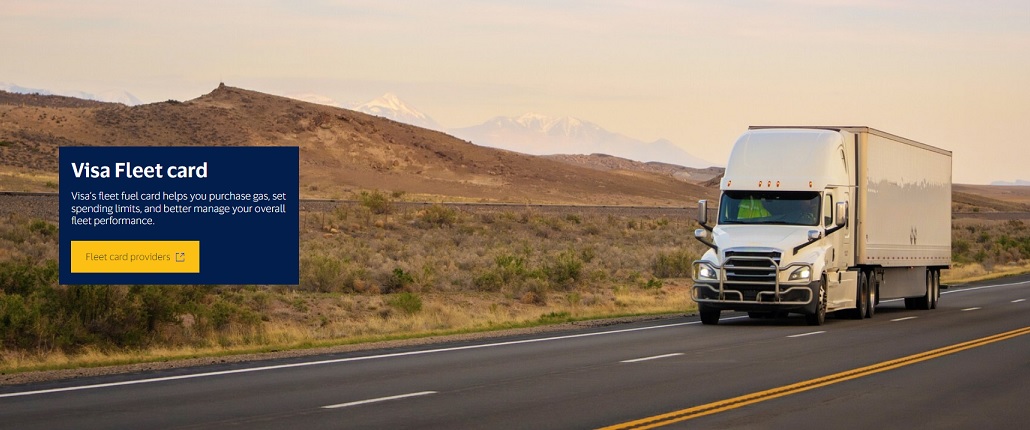
Following support for Apple Pay, expanded capabilities deliver faster, more flexible payment experiences for more operators, managers and drivers globally
Visa, a global leader in digital payments, today announced a major advancement for Fleet Operators. „With the addition of Google Pay tokenization and push-to-wallet, Visa addresses the long-standing challenge of fleet data tags being tied solely to the plastic card chip.” – according to the press release.
„Now, fleet data tags can be configured by the issuer, fintech or processor, allowing custom data tags to be dynamically provisioned during the tokenization process. Once loaded into Google Pay with these fleet data tags, Visa’s contactless specification helps ensure that token payment data and fleet data tags are transmitted to the point of sale (POS) and actioned upon seamlessly.” – the company explained.
Globally, fleet represents a $1.4T spend opportunity(i) on vehicle-related expenses by corporations, small businesses and the public sector. Historically, the end-user experience has been manual and inconsistent, as existing fleet tokens did not function optimally for drivers at Fuel POS terminals due to missing fleet instructions for prompting and purchase restrictions.
„Visa’s tokenization capabilities, now available for Google Pay, solve this pain point by quickly enabling spend through digital credential push-to-wallet, card-on-file merchants and Click to Pay.” – Visa said.
This streamlined digital experience reduces time to market dramatically, from 7-14 days with a physical card to just a matter of hours for digital wallet provisioning. With Apple Pay and Google Pay enabled for Visa Fleet Tokenization, approximately 92% of smartphones globally are compatible, based on global market share and NFC capability(ii).
“This innovation solves a clear pain point within fleet today and unlocks a host of client benefits, including instant issuance, a more seamless user experience for drivers and robust controls for Fleet Managers,” said Parker Patton, Head of Global Fleet & Mobility Solutions at Visa. “We are thrilled to expand digital wallet support to include Google Pay as part of our commitment to creating better products and user experiences that drive seamless, secure transactions around the globe.”
As one of the initial pilot partners selected by Visa to bring tokenization and mobile wallet support to fleet cards, Highnote, a modern card issuing and embedded finance platform, continues to collaborate closely with Visa to modernize fleet payments through embedded, digital-first experiences.
“At Highnote, we’ve reimagined the fleet card from the ground up, designing for embedded, digital-first experiences that reflect how drivers and fleet managers actually operate today,” said John Macllwaine, CEO at Highnote. “Visa’s expansion of wallet support aligns perfectly with that vision, enabling us to bring the speed, control, and intelligence of modern payments directly into the hands of the people who move the world forward.”
i Research was commissioned by Visa Inc. and conducted by Knowledge Network International (March 2024).
ii StatCounter Global Stats: Mobile Operating System Market Share Worldwide; GSMA Mobile Economy 2023; Statista, Share of NFC-enabled smartphones worldwide.
Banking 4.0 – „how was the experience for you”
„To be honest I think that Sinaia, your conference, is much better then Davos.”
Many more interesting quotes in the video below: